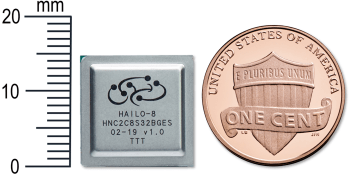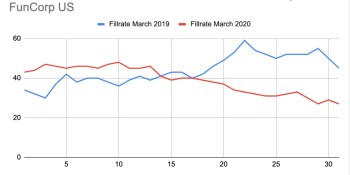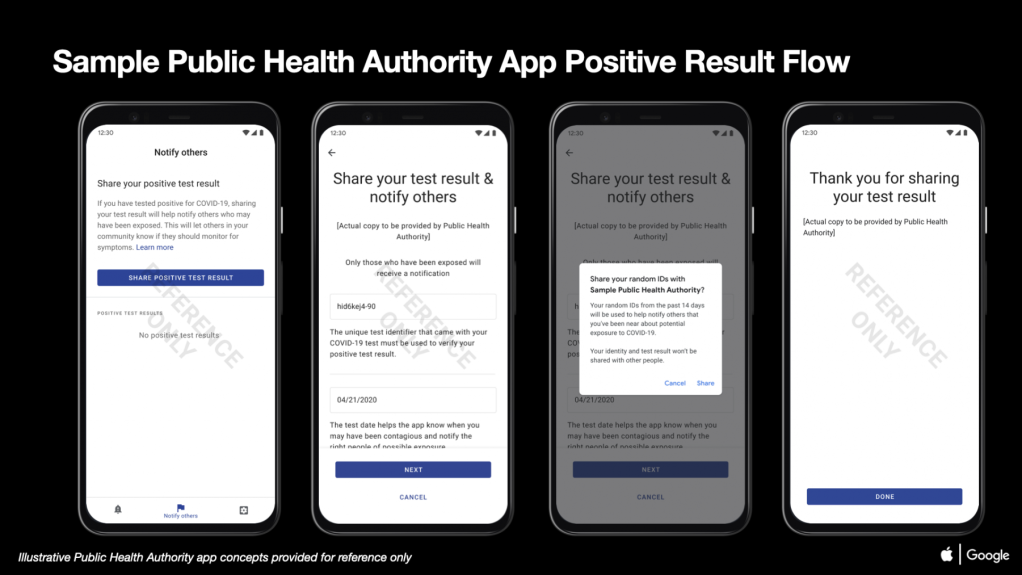
Google launches Document AI suite of parsing and processing tools in preview

Researchers show that computer vision algorithms pretrained on ImageNet exhibit multiple, distressing biases

Alphabet’s Project Amber uses AI to try to diagnose depression from brain waves

VB Live
Hailo partners with Foxconn to build edge device for AI inference

DJI debuts new enterprise drone and cameras

Cuseum debuts Museum From Home AR experience for closed art galleries

Google announces Web Vitals, user experience and performance metrics for websites

Firefox 76 arrives with password management and Zoom improvements

Creatively launches job platform for creative professionals

Google and Facebook: Digital ad market is avoiding coronavirus disaster

Amazon reports $75.5 billion in Q1 2020 revenue: AWS up 33%, subscriptions up 28%, and ‘other’ up 44%

OpenAI’s Jukebox AI produces music in any style from scratch — complete with lyrics

Google’s AI can adjust voice emotion, pitch, and speed with 30 minutes of data

HTC launches Vive Sync app to let remote teams collaborate in VR

Facebook apps now used monthly by more than 3 billion people

Spotify: Listening habits during the pandemic make every day look like the weekend

Google Meet one-ups Zoom with free 60-minute meetings for consumers

Alphabet reports $41.2 billion in Q1 2020 revenue: Google Cloud up 52%, YouTube up 33%, and Other Bets down 21%
Pixel Buds with hands-free Google Assistant go on sale for $179

AI Weekly: AI models illustrate the importance of continued social distancing

Opinion
Apple Watch at 5: Essential for health, nice for work, bad at faces

Facebook launches Messenger Rooms, group calls for up to 50 people with no time limit

Google plans to verify all advertisers

Trustpilot: Confidence in consumer reviews dips amid censorship and fake news

Facebook removes pseudoscience ad targeting category

Peak.AI raises $12 million to bolster enterprise AI adoption

QuillBot taps AI to rewrite and rephrase whole paragraphs

Partner Content
Voice cloning is becoming the new normal in digital education

Netflix doubles its own Q1 2020 subscriber expectations, but warns coronavirus boost may fade

Snap jumps 20% as coronavirus spurs use in Q1 2020

Facebook’s AI detects fake accounts with fewer than 20 friend requests

Opinion
WhatsApp is addressing group video-calling limitations to better compete with Zoom

Google’s DynamicEmbedding framework extends TensorFlow to ‘colossal-scale’ applications

Adverity raises $30 million to collect, prep, and analyze marketing data

FunCorp: Mobile ad revenues fell 50% during March as the pandemic grew

Australia to force Facebook and Google to share ad revenue with local news outlets

Google Meet gets Gmail integration, will soon display up to 16 video call participants

Amazon releases long-form speaking style for Alexa skills


